
If you're into granite winter mixed climbing (à la Mont Blanc massif) then Alaska should be high on your list of places to go. It's the exact same granite but just way bigger. Think Chamonix on steroids and you're heading in the right direction.
In the last few years Alaska has become a very popular expedition destination, and for good reason. The access is by ski plane, there is no red tape, and it hosts some of the world's best mixed climbs just a short ski tour away from your base camp as well as a wealth of unexplored terrain. You can see the appeal. There is even a Supertopo guide book listing in exact detail the more famous and world class routes in the range. Win.
This article is meant to give you some ideas on the clothing and equipment usage in the (Central) Alaska Range. It is by no means law and merely what I use, so be sure to take all of this with a big pinch of salt. Take on what you think will work for you and discard anything that you think won't. Some climbs will be relatively straight forward snow climbs whilst for others you may find yourself for days on end stuck on a very cold steep wall - though I suspect if you are part of the latter group you won't be reading this anyway!
"Denali is reputed to be one of the coldest mountains on earth and they're not kidding."
The Central Alaskan range is, for me, divided into two main weather categories. Denali, and everything else. Denali is reputed to be one of the coldest mountains on earth and they're not kidding. Compared to the likes of its neighbours such as Mt Hunter it is a world of cold away. You get incredibly strong biting winds, the equivalent of 6900m of height (so less oxygen to keep you warm) and marginal weather to say the least. Compare this to some of the more technical climbs lower down, but still in close proximity, where you can be climbing in the shade in just a base layer and a thin fleece layer. So I'll address both clothing systems separately.
Denali is the hotspot for climbers in the area without a doubt: the West Buttress sees over 1000 ascents a year alone. From my time there this year I saw every type of clothing system from full on down suits to single layer light and fast clothing. The thing about Denali is that you have to combat the altitude. This means that when you reach the higher reaches of the mountain it is often very hard to move fast enough to generate enough heat to keep warm.
"Very slow parties will wear down suits so that they can take a step every 5 seconds and still keep warm."
Very slow parties will wear down suits so that they can take a step every 5 seconds and still keep warm. If you feel like you can move faster then you can obviously just revert to what you might wear for winter alpine. But it is worth stressing how cold the top of Denali does feel due to its cold air temperature and its equivalent 6900m in height. Even when the sun is out you are likely to be wearing almost everything you have on the final slopes.
The other problem with Denali is that you start off from a very low height on big open glaciers hauling incredibly heavy sleds under a baking Alaskan sun. Quite a contrast from the last part of the trip! So you need to be prepared for sweaty hot exercise as well.
Tent
I'd recommend getting a tent that is lightweight but still a comfortable size or even an man extra too big. i.e. if there are two of you get a three man tent. You will end up spending a lot of time in the thing and it's nice to have some space to keep your 'house' organised. A large porch is also a must for easy cooking and being able to get your boots on and off in the shelter during a storm.
A lot of teams also carry up a cooking tent but if there are only two of you it's probably not worth it (eg Black Diamond Mega Light Tent). At the end of the day it's another thing to carry that really isn't that necessary. However a small bivy tent is pretty useful and also versatile. Not only if you want to get on some of the harder routes but also as a lighter alternative if you want to head up to 17 camp on Denali for a few days. It also provides you with a food tent, which means you can keep all your food nicely orgainsed and not in your main living area.
We took a Black Diamond First Light (also see their Hilight tent) but there are a few good lighweight tents on the market. You want something lightweight, easy to pitch, and free standing. The First Light and Hilight weigh 1.5kg and 1.42 kg respectively all included and take less than 2 minutes to put up. It's definitely what you would call cosy but there is actually more than enough space for two people in it. Our tent was single sheet, which is of course lighter, but we did of course compromise on breathability there. You have to compromise on some things to get the weight that low. Other designs worth looking at are the Rab Summit Superlight bivi and Summit Mountain bivi.
Tents:
| Black Diamond First Light RRP £349 www.blackdiamondequipment.com |
Rab Summit Mountain Bivi RRP £360 www.rab.uk.com |
Ropes
Ropes are a tough one for Denali. If you are heading up the West Buttress then you should make do with a standard glacier rope. No need for more than 50m if there are just two of you as there is no pitched climbing and no raps to do. As the technical routes are so big in Alaska it's recommended that you take at least 60m ropes. For many routes 70m is not a bad idea either. Obviously you'll want to keep weight down to a minimum here but as it's sharp granite you don't want to go too crazy either.
I had a pair of the new Photons from Sterling Rope this year. These are Sterling's first half ropes that are also certified twin ropes. At 7.8mm they are incredibly light - pretty much the minimum that I'd want to use on technical terrain - but still strong and offering good handling. Apart from the weight saving side you can really feel the bonus of thinner ropes in terms of rope drag, which can be very noticeable if you're strung out and moving together on two full 70m ropes. Dry treated is a must as well.
Other versatile ropes in this review: The Ultimate In Versatility? Triple Rated Ropes Reviewed.

Boots
Fit is key here. Scarpa, La Sportiva, Mammut etc all base their footwear on different foot shapes so it's important to actually get someone who knows what they are talking about to advise you. If you want to climb technical routes then, for me, it's really it's just a choice between the Scarpa 6000 and La Sportiva Spantik. If you are going to be moving a bit slower then you'll really want to look into the big selection of high altitude boots available.
More on the La Sportiva Spantik and Scarpa 6000 in this gear review.
Rucksacks
Might not seem like an important thing but for Denali you'd be carrying a lot of kit for a very long way and over quite a long time. So you'd want something pretty comfy. In addition you are most likely going to strap your sled onto the hip belts when pulling them so that's worth thinking about too. I don't know a huge amount about 'big' ruckasacks so the choice for me really boiled down to what was light yet still comfy. The Mountain Hardwear South Col 70ltr (1.7kg) and the Black Diamond Mission 75ltr (1.76kg) were the two packs that struck out for me after shopping around. (The pack had to also serve as a good second's pack if we got on any of our harder objectives).
In the end I headed off with the Mountain Hardwear South Col and, while it does seem to come with some extraneous faff, it was incredibly comfy. I found I could remove quite a bit without ruining the structure of it to save weight. You can of course get lighter packs for the size but they can be a nightmare when you start trying to load them up. As a day-pack I opted for the MHW Scrambler 30ltr (600g) which I've used a lot in the past. This year they've revamped it which is awesome. The new model is made of much tougher fabric and has much comfier shoulder straps. I have used this pack on so many alpine climbs it's ridiculous and am still a huge fan.
Those who don't require something that big can opt for something like the Marmot Ultra Kompressor 20ltr (652g); while smaller than the Scrambler it is much comfier on the shoulder pads. I find I need something a little bigger but that's because I have a SLR sitting in the pack as well. I don't recommend going for the super lightweight options as the shoulder straps will dig into you, which on a long alpine day out can be real mental and physical agony.
Rucksacks:
| Black Diamond Mission 75 RRP £179 www.blackdiamondequipment.com |
Crux AK47 RRP £140 www.crux.uk.com |
Marmot Ultrakompressor RRP £50 www.marmot.com |
Mountain Hardwear South Col RRP £70 www.mountainhardwear.com |
Cooking
You'll want a petrol stove whatever you do out in Alaska. A very few come out with gas only but end up having to carry a huge amount of canisters in and out - apart from being heavy, it's more expensive and it's slower to melt snow. Bearing in mind you'll be melting snow for up to a month you want the ordeal to be as quick and easy as possible. A large (think 5 ltrs) pan is ideal for melting snow. Nothing fancy, just something cheap and light and it doesn't have to be non stick. If you arrive with a 2 ltr max pan you're going to spending a lot of time attending your stove. As for actual cooking getting good non-stick pans is essential. Washing up is a real pain but with a non-stick pan you can literally wash up by swirling around some boiling water, simple as that.
White gas (liquid fuel) is the way forward for your camp stove. I came out with a Primus Omnifuel. I've never used a Primus stove before and I've got to say I was pretty disappointed. Priming the thing was quite an attentive process and it had a tendency to go out very easily compared to the MSR XGK. We eventually broke the pump whilst trying to unscrew it from the bottle and someone loaned us an XGK - we were both pretty relieved to go back to our tried and tested system. I had high hopes for the Omnifuel but at the end of the day the XGK or Dragonfly from MSR are my preferred choices.
Ideally though you don't want to carry your petrol stove above 14 camp (this does of course depend on how much time you want to spend up there). The JetBoil gas stove is ideal for anything that involves short one or two night stays. They have just brought out a titanium version which I had for Alaska this year and is just ridiculously light - 240g for the burner and 0.8 litre pot. Add a mini gas canister and you've got enough to make about 6 liters of water for a total of 400g weight (obviously the amount of melted water will vary, this figure is just an approximate of what you can get at about 14,000 ft on a windless day cooking outside). Throw in a few freeze dried meals and you'll see the benefits of this system straight away. Combine it with the BD First Light tent and you're laughing on the weight saving higher up the mountain.
Sleeping system
Everyone sleeps differently warmth wise. I am definitely a cold sleeper. It is often recommended that you take a -40 degree sleeping bag with you to Denali. Personally I think this is over the top. A bag that warm is huge. However we never went above 14,000ft camp and the next and final camp (17,000ft) is definitely quite a bit colder. I used a bag rated to -21 (PHD Hispar 600) which weighs 1kg. My climbing partner had a -18 bag and was ok down at 14 camp. I found I was wearing everything I owned at night for the first few weeks (we arrived early in the season) but otherwise the bag was great and highly recommend it for its weight and pack size. You could always upgrade it to something like the Hispar 800 if you were coming early in the season and/ or wanted to spend a few nights above 14 camp.
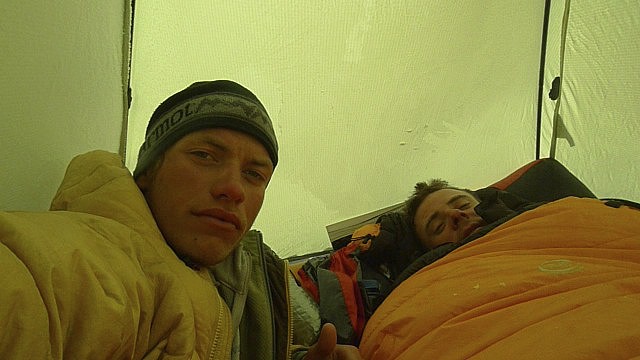
A lot of clever thinking and technology has gone into sleeping mats over the last few years. This year I took out the new Synmat UL from Exped. This seems to be Exped's answer to the Therm-a-Rest NeoAir that took the sleeping pad world by storm a few years ago. The Exped answer weighs approximately the same but has a higher R rating as it has synthetic fill inside it as well. The Synmat UL also weighs LESS than your average foam mat, packs down to the size of a half litre bottle, and is way comfier to sleep on ... it's a bit of a no brainer really.
Having an inflatable sleeping mat for anything in Alaska is a real must especially up on Denali. Sleeping on a foam mat is a really inefficient way of losing heat as well as not being very comfortable. Plus you'll start sinking down into the snow meaning every few days you have to start shoveling snow under your tent.
Of course the big downside is that you have to be careful not to puncture them - and the new breed of superlight mats are big offenders of this. I put in a hole in the first week of using the Synmat UL but they come with easy stick on emergency patches, which weigh the same as a plaster but thankfully work much better. A quick 2 mins fix and the thing was like new again. Comfort wise it is way comfier than the NeoAir. The NeoAir has horizontal baffles whilst the Synmat has vertical ones which makes the displacement of air much nicer- in a nutshell it means that you don't feel like you are sleeping on a lilo. Heat wise I didn't feel any cold spots at all which was a good sign as I tend to make things worse by sleeping on my side. I actually really rate this mat - I think it's by far the best of the bunch that is out there if you are sleeping on snow or in a tent.
More camping mat options in this review: Camping Mats: UKC/UKH Team Test.
Base layers
I find you get what you pay for with base layers and, if you're going to be wearing them next to your skin for weeks at a time on a trip, maybe best not to scrimp here. The wool versus synthetic debate is pretty well known and it's up to you to decide on this one. I'm usually a fan of Merino base layers, especially for expedition wear, as they don't smell so bad after four weeks wear, and I often get an allergic reaction to synthetic fibres. If you want to go Merino then I'd suggest the top brands like SmartWool and Icebreaker for a long trip. You're guaranteed good fabric and can put them on and forget about them.
With recent advances in synthetic fibres, such as Rab and Marmot using 'Cocona' technology, and Arcteryx using 'silver ions' to contol odour and improve moisture management, I thought I'd try a synthetic base layer again. I've found cheap synthetics don't wick as well and smell pretty bad very quickly, too, but I was initially a bit sceptical about what you get for your money with the Arc'teryx Phase SV thermal top and bottoms and their magical silver ions. However I got on really well with them in Chamonix, so ended up wearing them the whole time in Alaska. I found the wicking excellent, they didn't smell too bad considering, and I stayed warm even when I stopped in camp, face dripping with sweat. The quality construction that has made the brand famous definitely shone through, too.
Look for something that is ergonomically cut and shaped, to improve movement but also prevents any riding up of the fabric. I always think a half zip is essential for any thermal top as it allows you to vent a lot more when needed, but also allows you to draw up a collar around your neck for when it starts to get really miserable.
If you want heavier bottoms for Denali then Marmot do a good, comfy Midweight Bottom that I'd recommend.
Base Layers:
| Marmot Midweight Bottom RRP £40 www.marmot.com |
Icebreaker Tech Top RRP £74.99 www.icebreaker.com |
SmartWool Midweight Funnel Zip Base Layer RRP £74.95 www.smartwool.com |
Arcteryx Phase SV Base Layer RRP £50 www.arcteryx.com |
Trousers
I'm a big fan of Patagonia gear, and wear their Backcountry Guide Pants for cold weather climbing. Much like with jackets, I think it's really important to get the fit right with trousers rather than just get something because it's better on paper. If your trousers are too long on the leg then you'll just end up catching your crampons, and if they are too baggy then they'll just annoy you for technical climbing. So fit is pretty key. Look for relatively thick soft shell trousers with good ventilation zips on the side, so you can add breathability but they will still keep you warm when a stray cloud arrives or during windy sections. I'd also say an internal gaiter is a must, so you can avoid using the real things.
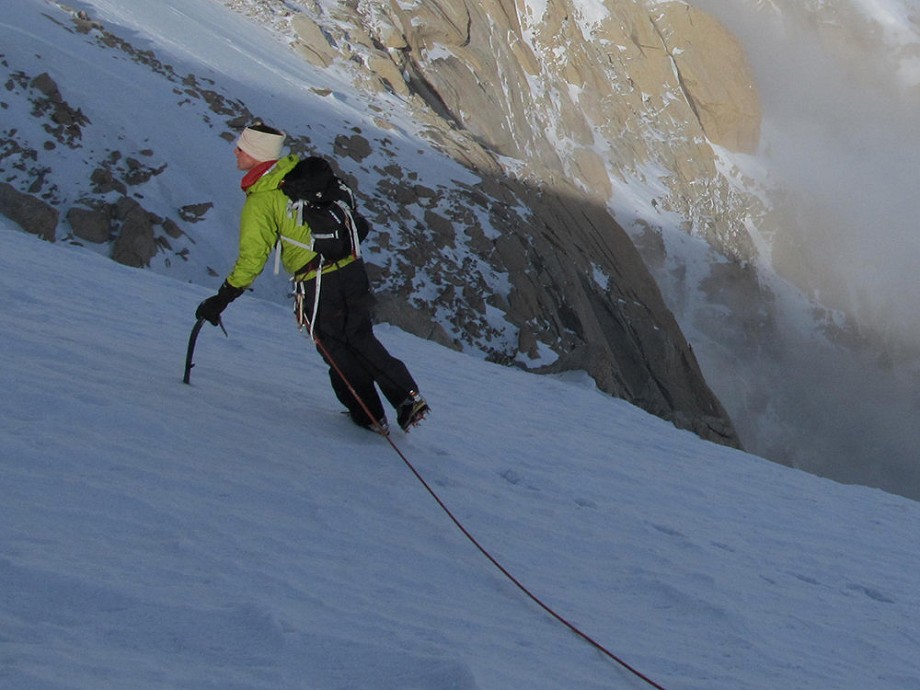
For higher up on Denali and anything that involves technical and pitched climbing I wear 3-layer waterproof-breathable trousers (Gore-Tex Pro Shell Arc'teryx Theta SV - but again I'd suggest you shop around the brands). Top notch waterproofness, robustness and breathability is key for me - I wanted totally bomber hardshell trousers for Alaska, so I knew that if I was on a route and the weather closed in, my legs would stay warm and dry, thus helping keep my toes safe from frostbite up high. I managed to puncture my calf muscle with my mono point by tripping over aon this trip - it might be just me but it's a pain when your top layers slowly ride up due to your harness so it's nice having a big overlap so you definitely don't feel any cold spots. Personal preference though. One useful feature I found on the Theta SV Bibs is that the pit zips start just below where your harness sits - this means that you don't have to fish about under your harness for that elusive zip, something that we've all done lots in the past! They have a tough crampon patch for those just-in-case moments as well.
Trousers:
| Outdoor Research Mentor Pants RRP £250 www.outdoorresearch.com |
Arcteryx Theta SV Bib RRP £350 www.arcteryx.com |
Patagonia Backcountry Guide Pants RRP £150 www.patagonia.com |
Mountain Equipment Combin Pants (women's) RRP £130 www.mountain-equipment.co.uk |
Fleece / Synthetic Filled Mid Layers
I find a fleece pretty key for somewhere like Alaska. I wear the Patagonia R1 hoody and definitely recommend something like this if you are hoping to move fast. It's a great warm, stretch layer that can also be worn as a base layer. Patagonia collaborated with Polartec to fine-tune the high/low interior grid polyester fabric (Polartec Power Dry) into an exclusive that's more breathable and compressible and has an improved feel and increased durability, while still maintaining its warmth. You also have the option of a balaclava type hoodie attached for if the wind suddenly whips up. Other brands make good mid layer fleeces with hoods, eg. the Rab Shadow Hoodie, Mountain Equipment Touchstone...
A synthetic insulated midlayer is definitely a key item for Alaska, whatever you do. You can climb in one of these and still move well in it without having to resort to your big down jacket. I've used the Patagonia Nano Puff Pullover in all sorts of weather and climbing conditions over the last couple of years and it's awesome. It packs away in its chest pocket and is just the right warmth for a mid layer. Crucially, you are looking for a light insulating layer that also allows you to breath as you will be wearing this when doing exercise. Due to this you will also probably want to favour a synthetic layer rather than down as it is likely to get wet and damp.
Fleece / Synthetic Filled Midlayers:
| Patagonia Nano Puff RRP £140 www.patagonia.com |
Rab Exodus RRP £100 www.rab.uk.com |
The North Face Siula Fleece (women's) RRP £125 www.thenorthface.com |
Marmot Variant RRP £110 www.marmot.com |
Jacket
I've tried quite a few jackets and the Patagonia M10 jacket is my favourite - it's really lightweight but also incredibly robust and, crucially, it fits me well. As always fit is key. I'd recommend that you never buy online before you try it out. All manufacturers have slightly different cuts and some have different cuts within their own products (eg Patagonia have 'slim fit' and 'regular fit'). I think a hard shell is a must for anything on Denali as the wind really does cut through everything. That doesn't mean that you have to go overboard and get something that can cut out a hurricane - personally I prefer the likes of the M10 and Rab Momentum. Being pretty thin and light they are great for technical stuff as well as very breathable.
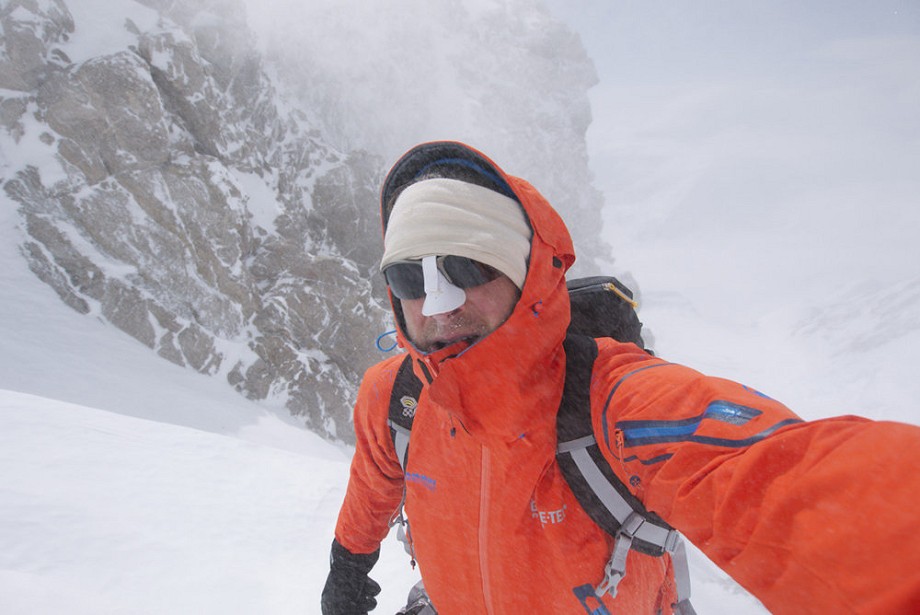
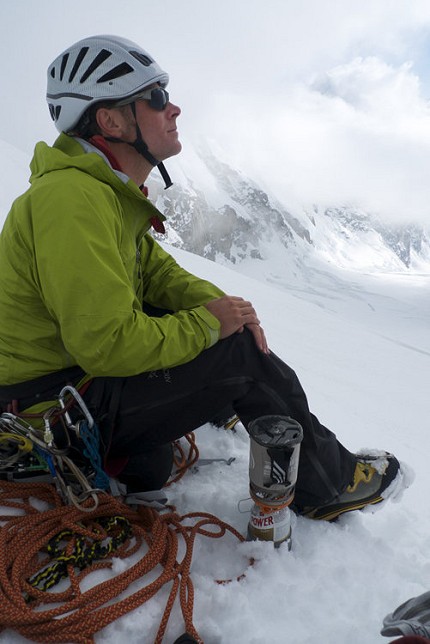

Jackets made from the new Polartec Neoshell fabric (eg. Rab Stretch Neo, Marmot Zion...), are also probably worth a look. The fabric seems to be getting everyone very excited in the industry (it's meant to be the bridge between soft and hard shells providing all the benefits of both in one package). And if you want a more sturdy hard shell, check out something like the Nordwand Jacket from the Mammut Eiger Extreme range. It's quite pricey but it's a bombproof, comfy hardshell, with special stretch panels where you need it most meaning that it feels a bit like a softshell.
If you are climbing elsewhere than Denali then a softshell is probably going to be your best bet. Make sure you get a fairly thick one though as when the weather comes in it's pretty horrible. I still use the Patagonia Ascensionist as my softshell of choice, though they are getting harder to find! Even better is if you combine a superlight softshell (eg Patagonia Houdini, Rab Alpine) with a superlight hardshell (Marmot Super Mica kind of thing) in your backpack for when you need it.
Marmot Zion (Polartec Neoshell) Review here.
Fast and Light Shells Review here.
Jackets:
| Rab Neoshell RRP £250 www.rab.uk.com |
Berghaus Attrition 2 RRP £320 www.berghaus.com |
Patagonia M10 RRP £349 www.patagonia.com |
Mammut Parinaco RRP £380 www.mammut.ch |
Belay Jacket
Much like winter alpine you want to go with down. You don't need a hugely tough outer so can save a lot of weight in that department (you are unlikely to get too wet on Denali). I'm a big fan of PHD kit when it comes to down. The kit isn't sexy but its light and simple. Their Alpine Ultra accompanied me on pretty much everything that I did. It felt just warm enough for the summit of Denali. Otherwise I also had their Hispar jacket which I took on the Cassin. I would probably recommend this over the Alpine Ultra though as it's a safer bet - it's still pretty light though by what most people wear up there. Other brands make some great jackets - if you are worried about kit getting damp perhaps check out Montane's full on box wall constructed jacket the Black Ice, which has an extra layer of Primaloft protection over the shoulders, hood top and forearms. Berghaus have water resistant down in the pipeline for next winter too...
For the more technical routes on other peaks you can definitely get away with a lighter down jacket (unless you are planning for an open air bivy of course). If you decide to go heavy and use downsuits then PHD have a fine selection as do Mountain Hardwear and Rab. I have no experience at all in this department so I cant offer any more advice than that.
Belay Jackets:
| Mountain Hardwear Kelvinator RRP £220 www.mountainhardwear.com |
The North Face Prism Optimus Jacket RRP £250 www.thenorthface.com |
PHD Hispar RRP £380 www.phdesigns.co.uk |
Montane Black Ice Jacket RRP £250 www.montane.co.uk |
About Jon Griffith
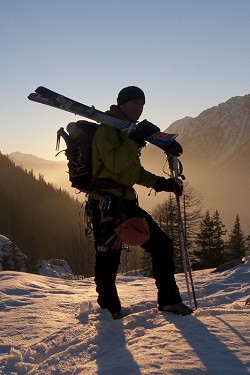
Jon has been based in Chamonix, France for seven years. He has climbed many major alpine routes in the Mont Blanc range and beyond, including trips to Alaska (where he made the fastest ascent to date of the huge Cassin Ridge) and to Patagonia. He works as a professional mountain photographer: www.alpineexposures.com.
"Alaska is a natural progression from Chamonix climbing. It's the same granite but just on a bigger scale. The type of climbing is very similar but there's a 'Greater Ranges' feel for it. I came back for a second time because I really wanted to do something bigger than I get to do in Europe, something on the South Face of Denali, but unfortunately the weather wasn't with us."

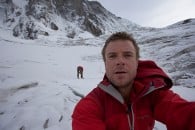

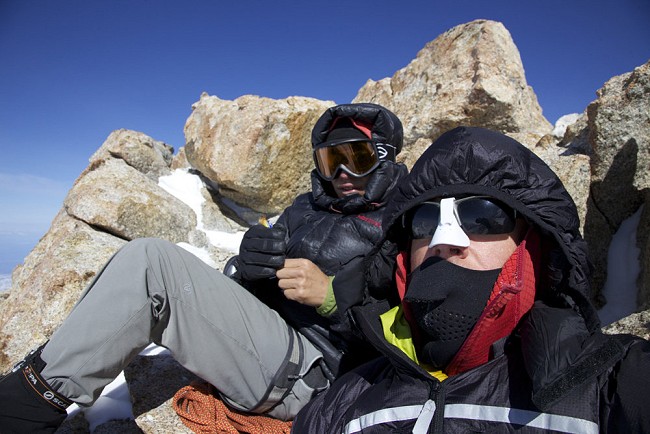
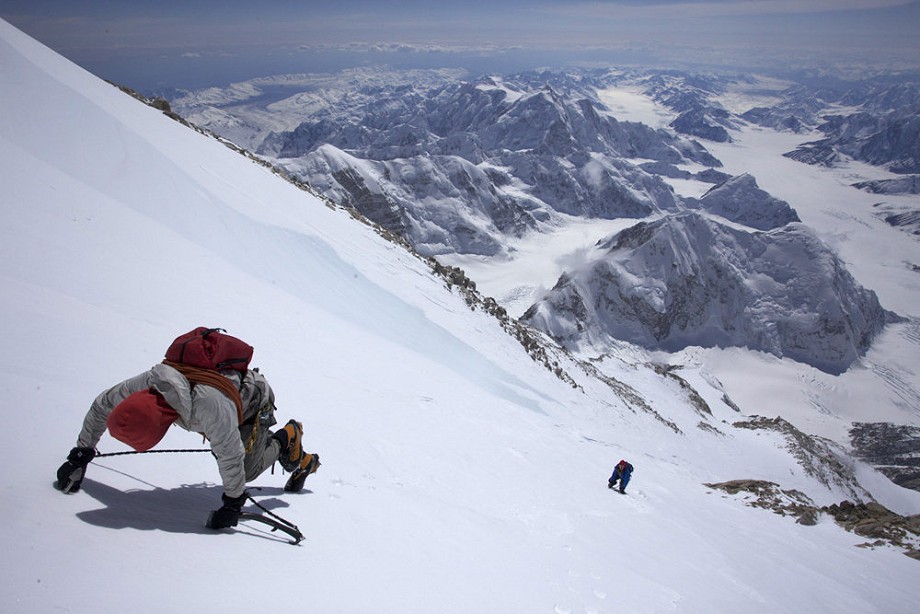
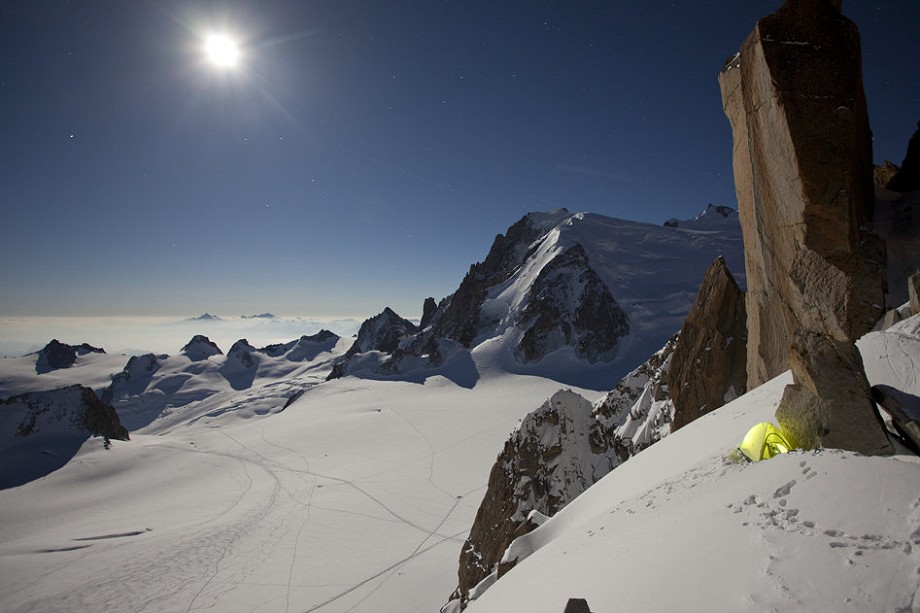
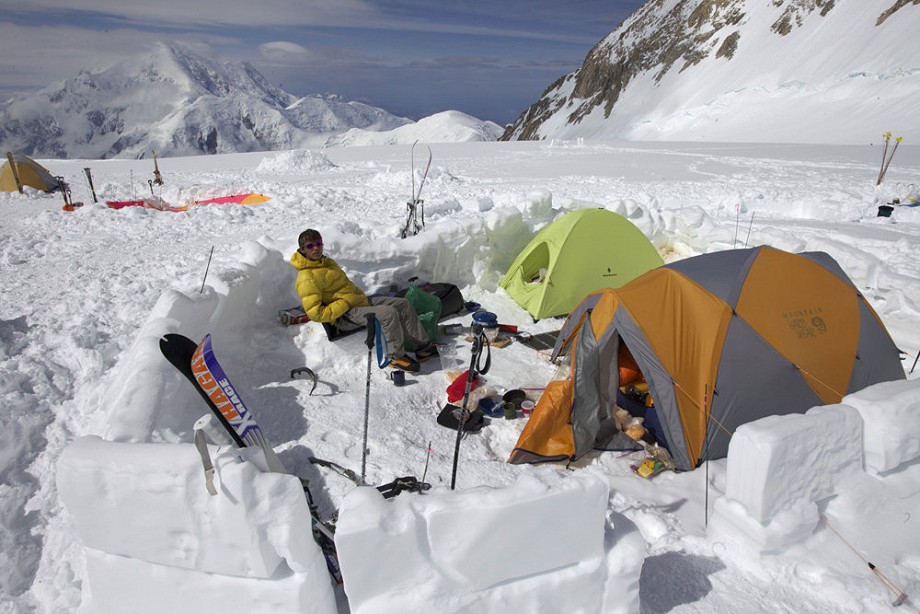

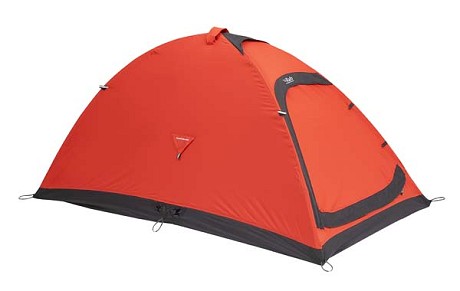
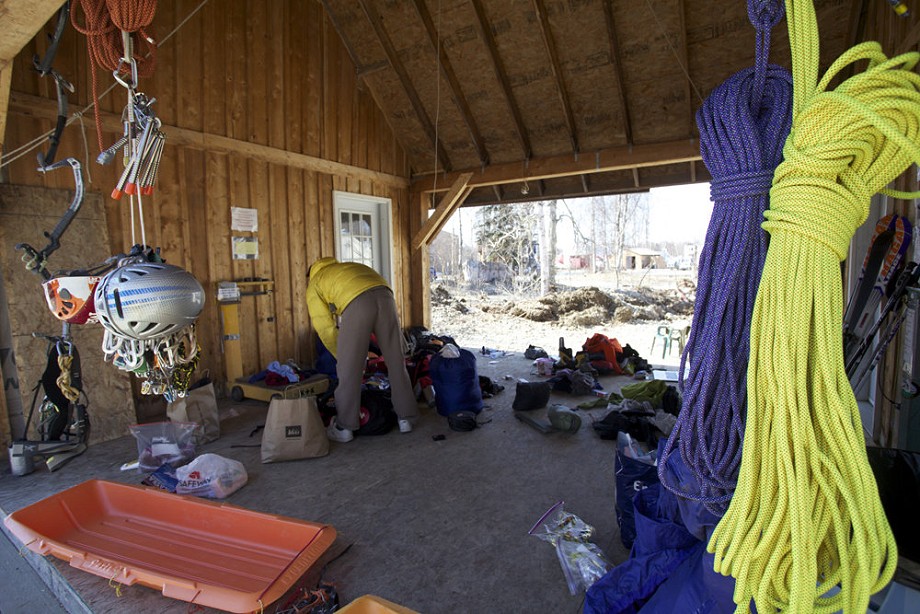
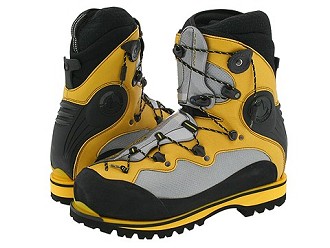
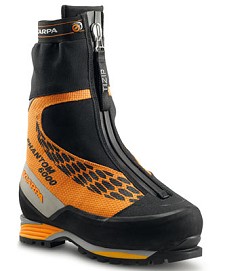
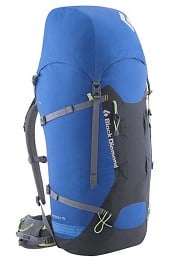
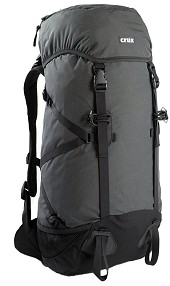
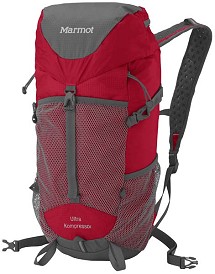
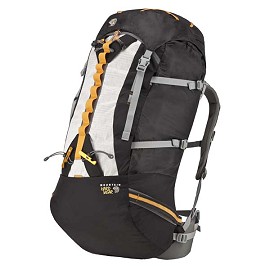
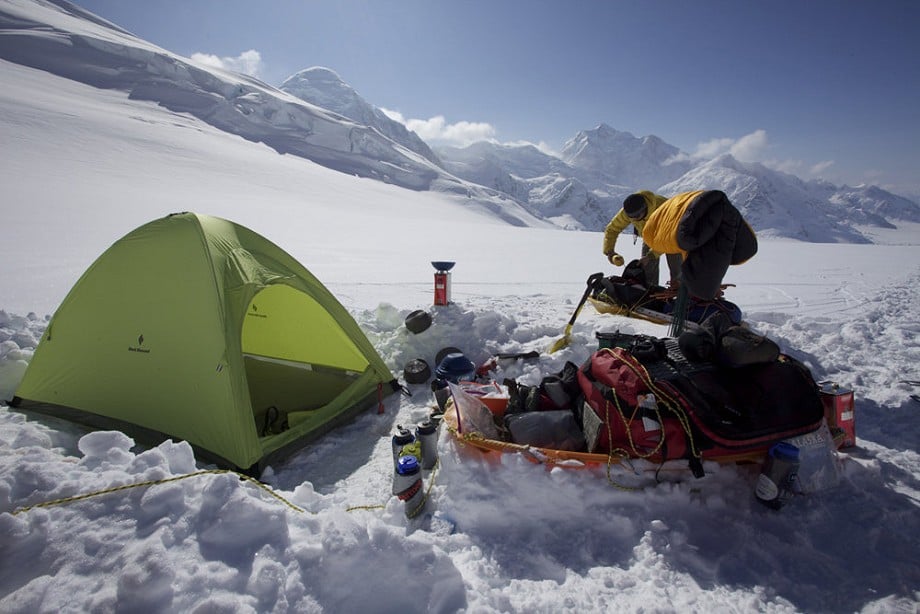
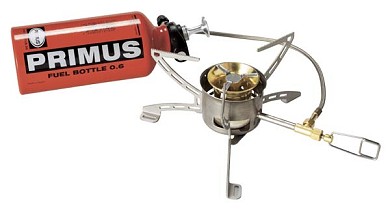
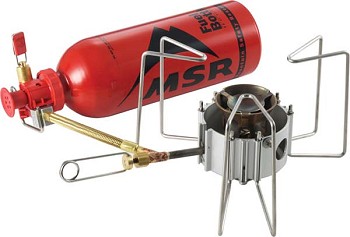

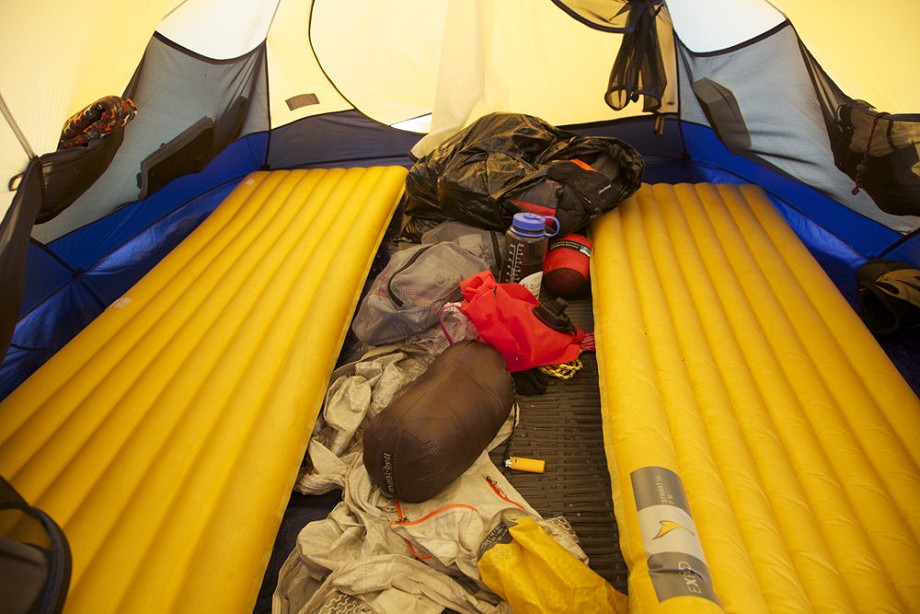
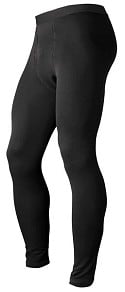


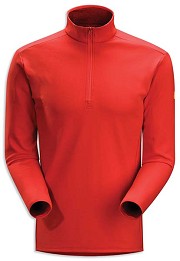
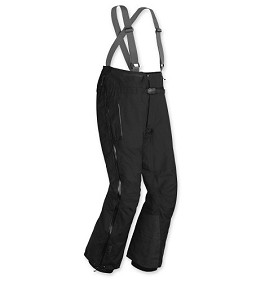
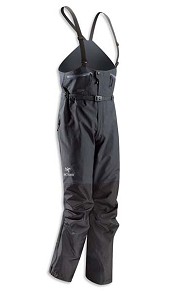
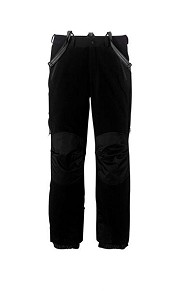
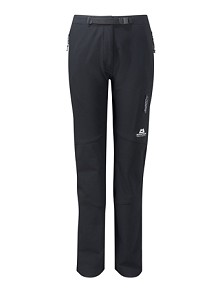

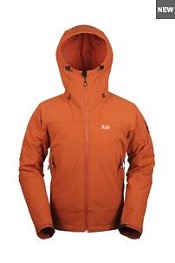
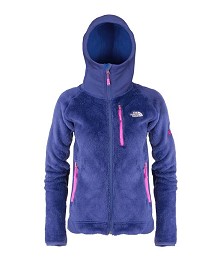
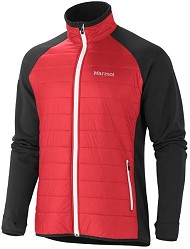


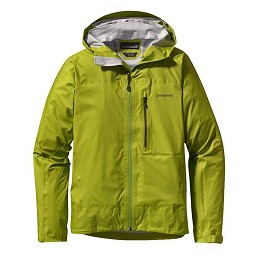
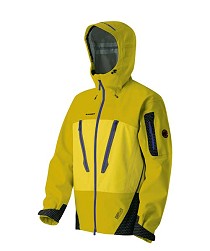

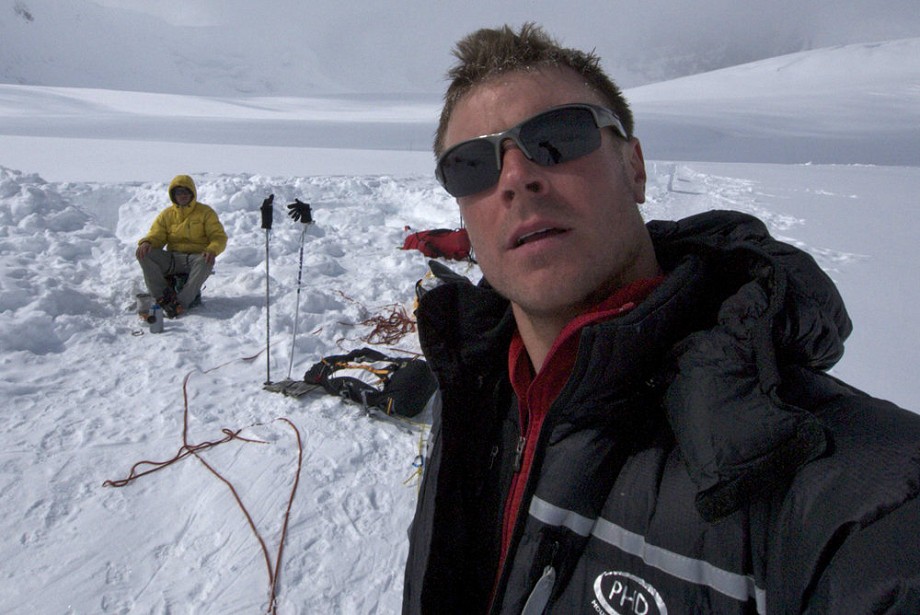
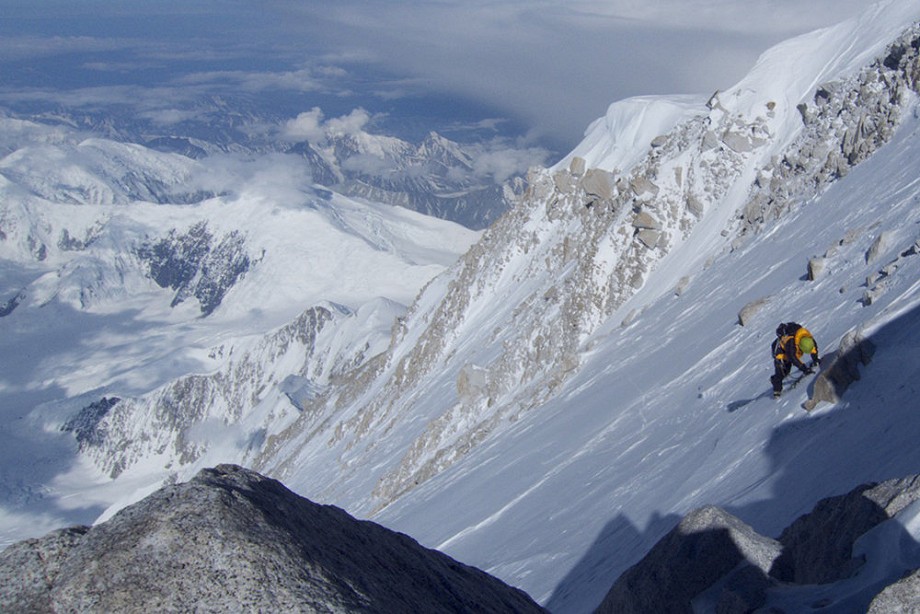

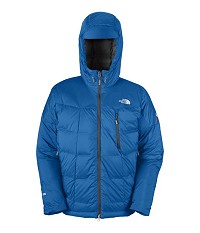
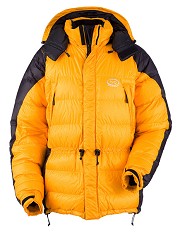
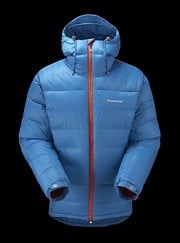
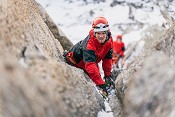
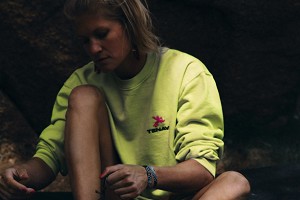
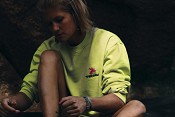
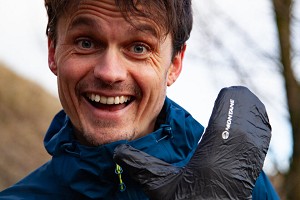



Comments